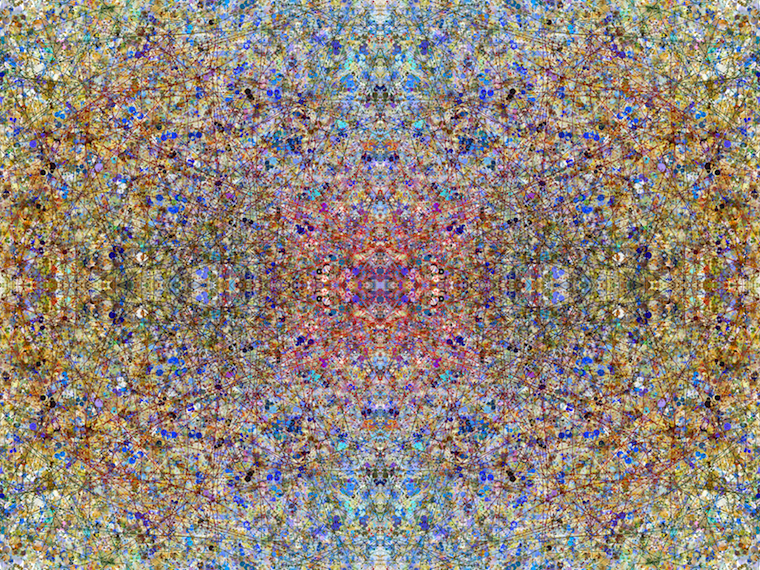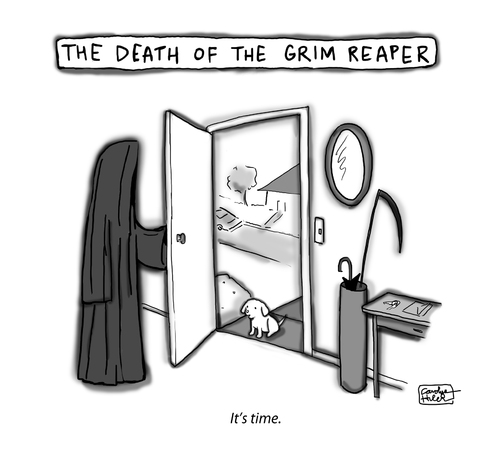This re-intensification of the body, which restores our bond to an original intensity that resists traditional static notions of the cosmos and the human, of man and the universe, can best be called “spirit” or “spirituality” (thugs). Though the German words Geist and Geistigheit are admittedly better than their English equivalents, even they are not entirely free of substantialist and idealist nuance. To render thugs as “mind” or “consciousness” would only make matters worse. Not only do these terms miss out on the range of meanings that attach to “spirit” and “spirituality,” they perpetuate the fallacy of reducing to a “thing” what is really a dynamic center that radiates in all directions, animates the whole of our life, and “touches” us in every activity and dimension.
The consequences of seeing corporeality and spirituality as degrees of intensity are far-reaching. At one stroke, this standpoint demolishes the naive dualism that has inflicted upon us an obsession with things–material and immaterial–and opens us to the liberating idea of pure process in which all opposites are ultimately dissolved. Note the following passage in the SGra-thal-‘gyur-ba,
Since anyone endowed with a body (lus-can) is pervaded by mind/mentation (sems)
There does not exist anyone endowed with mind/mentation (sems-can) who does not [exemplify the process of the] dissipation [of old and worn-out structures, sangs] and the unfolding [of new dynamic regimes, rgyas]
Translating the passage into modern language, the living body is “matter” occupying space according to its degree of intensity. Insofar as this intensity is not perverted by the conceptualizing-reifying intellect, it is what we have called “spirituality” (thugs). Put in more experiential terms, our very corporeality is our spirituality in the sense that both are an expression of a single superordinate potentiality that has become real in our Befindlichkeit (roughly “contextuality” “situatedness”) and attunement to a wholeness into whose fullness we must grow.
(Herbert Guenther, Ecstatic Spontaneity. Saraha’s Three Cycles of Doha
HARRIET GRATWICK: Well, explain epistemology, it’s …
CHARLES OLSON: Oh, how you know. Or the belief that we–that there is knowing. And it was invented by a man named Plato. Episteme is his invention, and it’s one of the most dangerous inventions in the world is the idea that there is such a thing as knowledge. But if you take it the process way, again, to talk like any of us here that comes to this point in the century, [Arthur M.] Young here is wonderful talking how I mean process. I think he loses the other thing, the Real, by saying it, and involving himself with words like “determinism.” But, that’s O.K., I mean one is apt to overfall today because the work is so crucial.
(Under the Mushroom, anthologized in Muthologos Charles Olson Lectures and Interviews)


